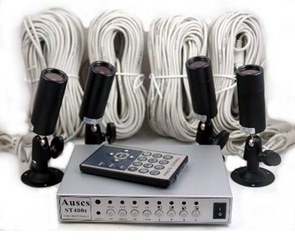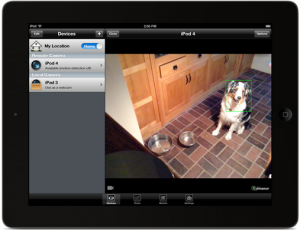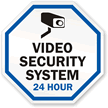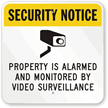
Clunky, expensive home security systems are getting outsmarted by digital apps that require minimal infrastructure and lower fees (via showroom411.com).
Whether you’re carving fresh powder on a Colorado ski slope or hanging out with Mickey Mouse at Disneyland, you can now remotely control your home security system with – you guessed it, a smartphone. If I had a nickel for every time I’ve heard someone say, “there’s an app for that,” I’d be lounging on a beach in Hawaii while arming the motion sensor at my villa in Nantucket. While I’m still waiting for my payload, I won’t wait to discover how this technology came about, and which apps are paving the way for simplified, optimized home security systems.

This is a screenshot of People Power’s “Presence” app interface on an iPad (via GigaOM).
Advances in technology often result in an older model being replaced by a newer, easier-to-use and less expensive alternative; we’re witnessing this shift in the surveillance industry. Large security providers face stiff competition from a number of tech companies such as People Power. Their app repurposes Apple iOS products as video surveillance cameras to provide remote HD streams on iPad, iPhone, and iPod Touch. For consumers that chomp at the bit to upgrade their Apple devices every time a new generation is released, their old devices can be conveniently utilized to bolster security in their home.

Signs are integral in keeping your home safe by alerting unwanted visitors that they’re being watched (via MySecuritySign.com).
These high-tech, low-maintenance platforms give users the ability to not only view what’s going on in their house while they’re away, but also to have built-in motion sensors that email video clip alerts when activated. Other companies offer products that have a broader range of features. AT&T created Digital Life, a robust security package that allows further automation of tasks; these include door locking, connecting room lights to security alerts, and garage door controls.
If you own a house or have used a home security system, would you feel comfortable trusting your property’s livelihood to an app? The sound of app-based surveillance technology developed by companies that don’t have long-term experience in the security industry may cause pause for some, but it’s becoming a trend in the security world.


